Learning how to grow mushrooms opens up a fascinating world of sustainable food production that combines the satisfaction of gardening with the unique challenges and rewards of cultivating fungi. Unlike traditional plants, mushrooms require different growing conditions, substrates, and techniques that make mushroom cultivation both accessible to beginners and endlessly engaging for experienced growers seeking to master this ancient art.
Understanding how to grow mushrooms involves more than simply following basic instructions—it requires appreciating the unique biology of fungi, creating optimal growing environments, and developing the skills to manage the delicate balance of moisture, temperature, and air circulation that determines cultivation success. Whether you're interested in growing gourmet varieties for culinary adventures, exploring sustainable food production, or simply enjoying the rewarding process of nurturing these remarkable organisms, mushroom cultivation offers experiences that connect us directly with natural cycles and biological processes.
The journey of learning how to grow mushrooms encompasses everything from simple growing kit experiments that can be completed in a few weeks to sophisticated cultivation systems that produce year-round harvests of premium gourmet varieties. This comprehensive guide will walk you through every aspect of mushroom cultivation, from understanding basic fungal biology and selecting appropriate growing methods to troubleshooting common problems and optimizing harvests for maximum yield and quality.

Understanding Mushroom Biology and Growing Fundamentals
Basic Mushroom Lifecycle and Growth Requirements
Successfully learning how to grow mushrooms begins with understanding how fungi differ from plants:
Fungal Growth Characteristics:
- Mycelium development underground network of fungal threads that forms the main body
- Fruiting body formation mushrooms are reproductive structures containing spores
- Substrate dependence fungi require organic matter as food source rather than photosynthesis
- Environmental sensitivity precise conditions needed for optimal growth and fruiting
- Rapid development mushrooms can appear and mature within days under proper conditions
Essential Growing Conditions:
- Temperature control specific temperature ranges for different growth phases
- Humidity management high humidity requirements for most mushroom varieties
- Air circulation fresh air exchange preventing contamination and promoting healthy growth
- Light considerations indirect light sufficient for most mushroom varieties
- Substrate nutrition appropriate growing medium providing necessary nutrients
Growing Phase Understanding:
- Spawn preparation inoculating substrate with mushroom spawn or spores
- Colonization period mycelium spreading throughout growing substrate
- Pinning stage initial mushroom formation triggered by environmental changes
- Development phase rapid mushroom growth to maturity
- Harvesting timing optimal timing for maximum quality and flavor
Different Mushroom Growing Methods
Various approaches accommodate different skill levels, space constraints, and goals:
Growing Kit Method:
- Beginner-friendly pre-prepared kits requiring minimal setup and knowledge
- Convenience factor everything needed included in single package
- Success probability high success rates due to pre-optimized conditions
- Limited variety restricted to kit-available mushroom species
- Cost considerations higher per-pound cost but lower initial investment
Indoor Cultivation Systems:
- Controlled environment precise management of growing conditions
- Year-round production consistent harvests regardless of weather
- Space efficiency maximizing production in limited indoor spaces
- Equipment requirements fans, humidifiers, and monitoring equipment needed
- Scalability systems can expand from small to commercial production
Outdoor Growing Approaches:
- Natural conditions utilizing outdoor environmental factors
- Lower maintenance reduced need for equipment and monitoring
- Seasonal limitations weather-dependent growing seasons
- Integration opportunities combining with landscape and garden design
- Species selection choosing varieties suited to local climate conditions
Getting Started: Choosing Your First Growing Method
Mushroom Growing Kits for Beginners
Growing kits provide the ideal introduction to mushroom cultivation:
Kit Selection Criteria:
- Species variety choosing mushroom types that appeal to your taste preferences
- Success rates selecting kits with proven track records for beginner success
- Clear instructions comprehensive, easy-to-follow growing directions
- Support availability supplier customer service and troubleshooting assistance
- Kit freshness ensuring kits are fresh and properly stored
Popular Beginner Kit Varieties:
- Oyster mushroom kits forgiving, fast-growing varieties perfect for beginners
- Shiitake mushroom kits flavorful gourmet mushrooms with reliable growing characteristics
- Lion's Mane kits unique texture and flavor with distinctive appearance
- Wine Cap kits easy outdoor growing variety suitable for garden integration
- Reishi kits medicinal mushrooms for those interested in functional fungi
Kit Setup and Management:
- Unboxing procedures carefully following initial setup instructions
- Location selection choosing appropriate spots with proper conditions
- Daily maintenance misting, monitoring, and environmental management
- Problem recognition identifying and addressing common growing issues
- Harvest timing recognizing optimal harvesting moments
Setting Up Indoor Growing Spaces
Creating dedicated indoor growing areas maximizes cultivation success:
Space Requirements:
- Size considerations minimum space needs for different growing methods
- Ventilation needs adequate air circulation for healthy mushroom development
- Temperature stability locations with consistent temperature ranges
- Humidity control areas where humidity can be managed effectively
- Accessibility convenient access for daily monitoring and maintenance
Equipment Essentials:
- Growing containers appropriate vessels for substrate and mushroom development
- Humidity systems spray bottles, humidifiers, or misting systems
- Temperature monitoring thermometers for tracking optimal temperature ranges
- Lighting considerations indirect lighting sufficient for mushroom development
- Air circulation fans or ventilation systems for fresh air exchange
Environmental Control:
- Temperature management maintaining optimal ranges for chosen mushroom varieties
- Humidity regulation achieving 80-95% humidity during fruiting phases
- Air quality ensuring fresh air exchange while maintaining humidity
- Contamination prevention maintaining clean conditions throughout growing process
- Monitoring protocols regular checking and adjustment of growing conditions
Substrate Preparation and Inoculation Techniques
Understanding Growing Substrates
Different materials provide nutrition and support for mushroom growth:
Common Substrate Materials:
- Straw substrates wheat, rice, or barley straw providing excellent growing medium
- Hardwood sawdust oak, maple, or other hardwood sawdust for certain varieties
- Agricultural waste corn stalks, cotton seed hulls, and similar materials
- Coffee grounds used coffee grounds excellent for oyster mushroom cultivation
- Paper products cardboard and paper providing cellulose for mushroom nutrition
Substrate Preparation Methods:
- Sterilization techniques steam treatment or pressure cooking for contamination prevention
- Pasteurization processes heat treatment sufficient for most home growing applications
- Moisture optimization achieving proper moisture content for mushroom development
- pH adjustment modifying substrate acidity for optimal mushroom growth
- Nutrient supplementation adding materials to enhance mushroom nutrition
Substrate Selection for Different Mushrooms:
- Oyster mushrooms thriving on diverse substrates including straw and coffee grounds
- Shiitake cultivation preferring hardwood sawdust and supplemented substrates
- Wine Cap mushrooms growing well on wood chips and garden debris
- Reishi production requiring hardwood substrates with specific nutrition profiles
- Lion's Mane growing preferring hardwood sawdust with proper supplementation
Inoculation and Spawn Management
Introducing mushroom spawn to prepared substrates:
Spawn Types and Sources:
- Commercial spawn professionally produced spawn ensuring quality and viability
- Liquid cultures concentrated mushroom cultures for advanced growers
- Grain spawn mushroom mycelium grown on sterilized grains
- Sawdust spawn mushroom cultures grown on sawdust medium
- Plug spawn wooden dowels inoculated with mushroom cultures
Inoculation Techniques:
- Sterile procedures maintaining cleanliness during inoculation process
- Mixing methods thoroughly distributing spawn throughout substrate
- Timing considerations inoculating substrates at optimal moisture and temperature
- Quantity calculations using appropriate spawn-to-substrate ratios
- Documentation practices recording inoculation dates and procedures
Post-Inoculation Management:
- Incubation conditions maintaining optimal temperature and humidity for colonization
- Monitoring progress tracking mycelium development throughout substrate
- Contamination watch identifying and addressing contamination issues early
- Timing transitions recognizing when to shift from colonization to fruiting conditions
- Environmental adjustments modifying conditions to trigger mushroom formation
Popular Mushroom Varieties for Home Growing
Beginner-Friendly Mushroom Species
Starting with forgiving varieties builds confidence and skills:
Oyster Mushrooms (Pleurotus species):
- Growing ease extremely forgiving and adaptable to various conditions
- Rapid development quick colonization and fruiting for fast results
- Substrate versatility growing on diverse materials from straw to coffee grounds
- Multiple flushes producing several harvests from single substrate
- Variety options different colors and flavors available
Shiitake Mushrooms (Lentinula edodes):
- Gourmet appeal highly valued culinary mushroom with rich flavor
- Reliable production consistent results with proper technique
- Long-term yields producing mushrooms over extended periods
- Market value high-value crop for those considering commercial production
- Health benefits known medicinal properties adding functional value
Wine Cap Mushrooms (Stropharia rugosoannulata):
- Outdoor growing excellent for garden bed and landscape integration
- Low maintenance minimal care requirements once established
- Substantial size large mushrooms providing satisfying harvests
- Soil improvement contributing to soil health and garden ecosystems
- Extended season long fruiting period throughout growing season
Advanced Varieties for Experienced Growers
Challenging species that reward experienced cultivators:
Lion's Mane Mushrooms (Hericium erinaceus):
- Unique appearance distinctive cascading spines unlike traditional mushrooms
- Culinary versatility seafood-like texture appealing to diverse palates
- Health benefits potential cognitive and neurological health support
- Growing complexity requiring specific conditions for optimal development
- Premium market high-value specialty mushroom for gourmet applications
Reishi Mushrooms (Ganoderma lucidum):
- Medicinal value highly prized for health and wellness applications
- Long growing cycle extended development period requiring patience
- Specific requirements precise environmental conditions for successful cultivation
- Unique appearance glossy, lacquered appearance distinctive from other mushrooms
- Traditional significance cultural importance in traditional medicine systems

Step-by-Step Growing Process
Phase 1: Preparation and Setup
Establishing optimal conditions for mushroom cultivation success:
Workspace Preparation:
- Cleaning protocols thoroughly sanitizing growing area and equipment
- Equipment assembly setting up humidity systems, monitoring devices, and containers
- Substrate preparation sterilizing or pasteurizing growing medium as appropriate
- Environmental testing verifying temperature, humidity, and air circulation
- Supply organization arranging tools and materials for efficient workflow
Initial Inoculation:
- Timing coordination inoculating substrates when conditions are optimal
- Sterile technique maintaining cleanliness throughout inoculation process
- Even distribution ensuring spawn is thoroughly mixed with substrate
- Container setup placing inoculated substrates in appropriate growing vessels
- Documentation beginning recording inoculation date and procedures
Phase 2: Colonization Management
Supporting mycelium development throughout the substrate:
Environmental Control:
- Temperature maintenance keeping substrates within optimal temperature ranges
- Humidity management maintaining high humidity without waterlogging
- Air circulation providing gentle air movement without drying substrates
- Light conditions maintaining low light levels during colonization phase
- Monitoring schedule daily observation for progress and problem identification
Progress Tracking:
- Mycelium development watching white fungal growth spread through substrate
- Contamination monitoring identifying and addressing mold or bacterial issues
- Time expectations understanding typical colonization periods for different species
- Environmental adjustments modifying conditions based on observed development
- Preparation for fruiting recognizing when substrates are ready for next phase
Phase 3: Fruiting and Harvest
Triggering mushroom formation and managing development to harvest:
Fruiting Initiation:
- Environmental changes adjusting temperature, humidity, and light to trigger fruiting
- Fresh air increase providing additional air circulation for mushroom development
- Light exposure introducing indirect light to stimulate mushroom formation
- Humidity elevation increasing humidity levels to support mushroom development
- Patience requirements allowing time for pinhead formation and early development
Development Management:
- Daily monitoring observing mushroom development and environmental conditions
- Humidity maintenance keeping humidity high while preventing water accumulation
- Air circulation ensuring adequate fresh air without excessive drying
- Problem solving addressing issues like uneven development or environmental stress
- Harvest preparation monitoring mushrooms for optimal harvesting timing
Harvesting Techniques:
- Timing recognition identifying when mushrooms are at peak quality
- Proper cutting using clean knives to harvest mushrooms at stem base
- Cluster management harvesting entire clusters when appropriate
- Quality selection choosing mushrooms at optimal size and condition
- Storage preparation immediately processing harvested mushrooms appropriately
Troubleshooting Common Growing Problems
Contamination Issues and Prevention
Addressing the most common challenge in mushroom cultivation:
Identifying Contamination:
- Visual indicators recognizing mold colors, textures, and growth patterns
- Odor detection identifying off-smells indicating bacterial contamination
- Growth patterns distinguishing between healthy mycelium and contamination
- Timing factors understanding when contamination typically occurs
- Severity assessment determining whether contamination can be managed or requires disposal
Prevention Strategies:
- Sterile technique maintaining cleanliness throughout growing process
- Environmental control managing conditions that favor mushrooms over contaminants
- Quality substrates using properly prepared and sterilized growing media
- Air filtration filtering air to reduce contamination sources
- Quarantine practices isolating new projects and potentially contaminated materials
Treatment Options:
- Early intervention removing contaminated areas before spread occurs
- Environmental adjustment modifying conditions to favor mushroom growth
- Hydrogen peroxide dilute solutions for surface contamination treatment
- Salt barriers creating zones that inhibit contamination spread
- Disposal protocols safely disposing of severely contaminated materials
Environmental and Growing Challenges
Solving common problems related to growing conditions:
Temperature Problems:
- Temperature fluctuations maintaining stable temperatures for consistent growth
- Seasonal adjustments adapting to changing environmental conditions
- Heating solutions providing supplemental heat during cold periods
- Cooling strategies managing excessive heat during warm periods
- Monitoring improvements using better thermometers and alert systems
Humidity Management Issues:
- Insufficient humidity increasing moisture levels without waterlogging
- Excessive moisture reducing humidity while maintaining mushroom health
- Uneven distribution ensuring consistent humidity throughout growing area
- Condensation problems managing water accumulation that promotes contamination
- Equipment upgrades improving humidification and monitoring systems
Poor Mushroom Development:
- Small mushroom size addressing nutrition and environmental factors
- Slow growth identifying and correcting growth-limiting factors
- Abnormal appearance recognizing and correcting development problems
- Low yields improving conditions and techniques for better harvests
- Quality issues addressing factors affecting mushroom taste and texture
Advanced Techniques and Optimization
Maximizing Yields and Quality
Advanced strategies for experienced growers seeking optimal results:
Environmental Optimization:
- Precision control using advanced monitoring and control systems
- CO2 management controlling carbon dioxide levels for optimal development
- Light spectrum using specific lighting for enhanced mushroom development
- Air quality filtering and conditioning air for optimal growing conditions
- Microclimate creation developing specialized environments for different species
Substrate Enhancement:
- Nutritional supplementation adding nutrients to enhance mushroom growth
- pH optimization fine-tuning substrate acidity for specific mushroom varieties
- Texture modification adjusting substrate physical properties for better colonization
- Composting techniques creating enriched substrates through controlled decomposition
- Custom formulations developing specialized substrate recipes for optimal results
Breeding and Strain Selection:
- Strain comparison testing different mushroom strains for optimal characteristics
- Local adaptation selecting varieties suited to local environmental conditions
- Yield optimization choosing high-producing strains for maximum harvests
- Quality focus selecting strains with superior flavor, texture, or appearance
- Disease resistance choosing varieties with natural resistance to common problems
Scaling Up Production
Transitioning from hobby growing to larger-scale production:
System Design:
- Production planning calculating space, equipment, and labor requirements
- Workflow optimization designing efficient processes for larger-scale production
- Quality control implementing systems to maintain consistent quality
- Record keeping developing tracking systems for production management
- Cost analysis understanding economics of scaled mushroom production
Equipment Upgrades:
- Commercial systems transitioning to professional-grade growing equipment
- Automation options incorporating automated systems for environmental control
- Monitoring technology using advanced sensors and data logging systems
- Processing equipment adding tools for harvest processing and packaging
- Safety systems implementing safety protocols for larger operations
Storage, Preservation, and Usage
Post-Harvest Handling
Maintaining quality from harvest through consumption:
Immediate Post-Harvest:
- Rapid cooling quickly reducing mushroom temperature after harvest
- Gentle handling preventing damage during harvest and initial processing
- Quality sorting separating premium mushrooms from damaged or inferior specimens
- Initial cleaning removing substrate debris and damaged portions
- Storage preparation preparing mushrooms for various storage methods
Short-Term Storage:
- Refrigeration techniques proper temperature and humidity for fresh storage
- Packaging methods using appropriate containers and wrapping materials
- Shelf life expectations understanding storage duration for different varieties
- Quality monitoring checking stored mushrooms for deterioration signs
- Usage prioritization using mushrooms in order of harvest and condition
Preservation Methods
Extending mushroom availability through various preservation techniques:
Drying and Dehydration:
- Air drying traditional methods using proper ventilation and temperature
- Dehydrator use electric dehydrators for consistent, controlled drying
- Oven drying low-temperature oven techniques for mushroom preservation
- Quality maintenance preserving flavor, texture, and nutritional value
- Storage considerations proper storage of dried mushrooms for longevity
Freezing Techniques:
- Fresh freezing freezing fresh mushrooms for later use
- Blanching methods pre-treating mushrooms before freezing for better quality
- Packaging systems preventing freezer burn and maintaining quality
- Usage applications understanding best uses for frozen mushrooms
- Quality expectations realistic expectations for texture and flavor changes
Value-Added Processing:
- Mushroom powders creating seasoning powders from dried mushrooms
- Fermented products exploring fermentation for preservation and flavor development
- Pickled preparations preserving mushrooms in acidic solutions
- Cooked preparations pre-cooking mushrooms for convenient storage
- Extract production creating concentrated mushroom extracts for various uses
Conclusion: Mastering the Art of Mushroom Cultivation
Learning how to grow mushrooms represents far more than acquiring a new gardening skill—it opens doorways to understanding fungal biology, sustainable food production, and the remarkable relationships between fungi and the natural world. The journey from beginner mushroom grower using simple kits to advanced cultivator managing complex growing systems offers continuous learning opportunities that deepen appreciation for these remarkable organisms while providing practical skills for food production and environmental stewardship.
Success in understanding how to grow mushrooms comes through combining theoretical knowledge with hands-on experience, patience with persistence, and willingness to learn from both successes and failures. Each growing cycle provides opportunities to refine techniques, experiment with new varieties, and develop the intuitive understanding of fungal needs that separates successful cultivators from occasional hobbyists.
The skills developed while learning how to grow mushrooms extend beyond simple food production to encompass broader understanding of biological systems, environmental relationships, and sustainable living practices. Whether growing mushrooms for culinary enjoyment, health benefits, environmental contribution, or commercial opportunity, the knowledge and experience gained through mushroom cultivation creates connections with natural processes that enrich both practical skills and personal understanding of the living world.
As interest in sustainable food production, functional foods, and environmental stewardship continues to grow, the ability to successfully grow mushrooms positions individuals to participate in emerging food systems while contributing to environmental health through sustainable growing practices. The future of mushroom cultivation holds exciting possibilities for innovation, sustainability, and community building that make learning how to grow mushrooms an investment in both personal capability and collective environmental wellbeing.

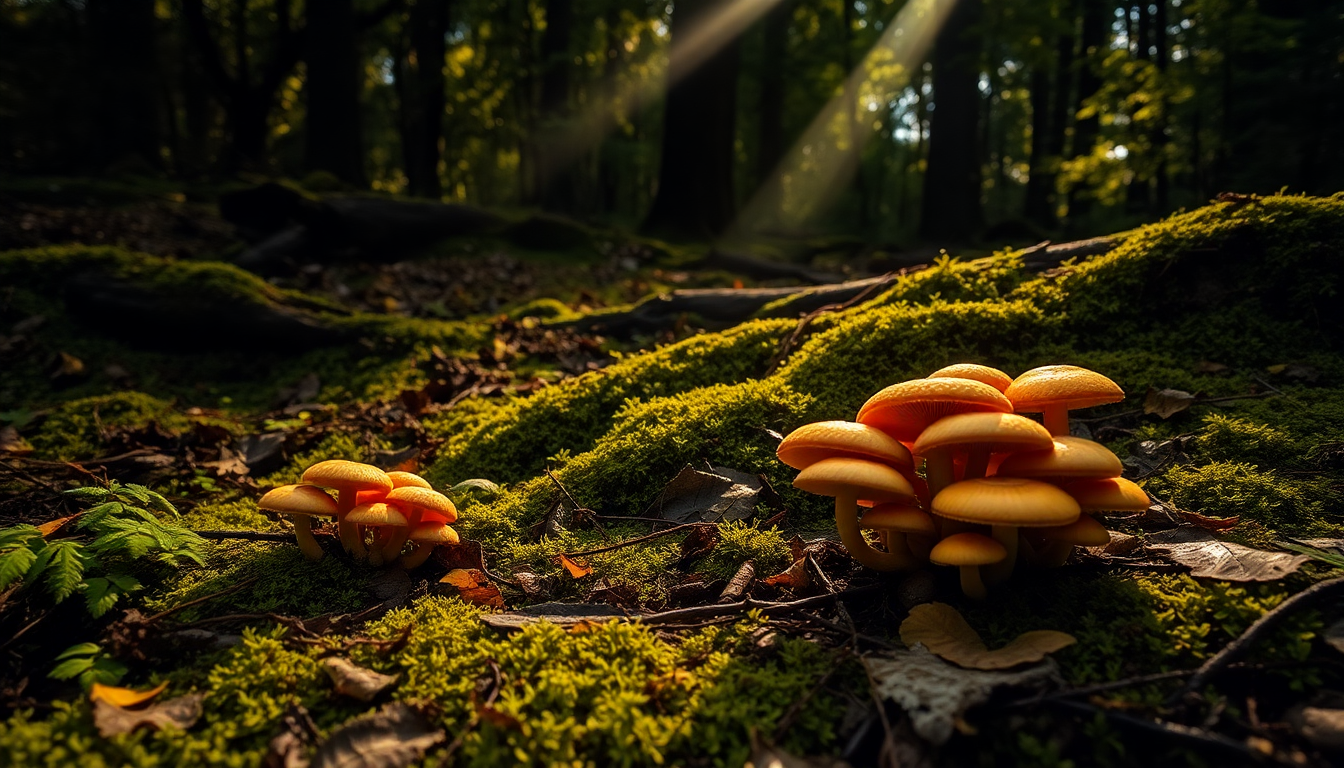
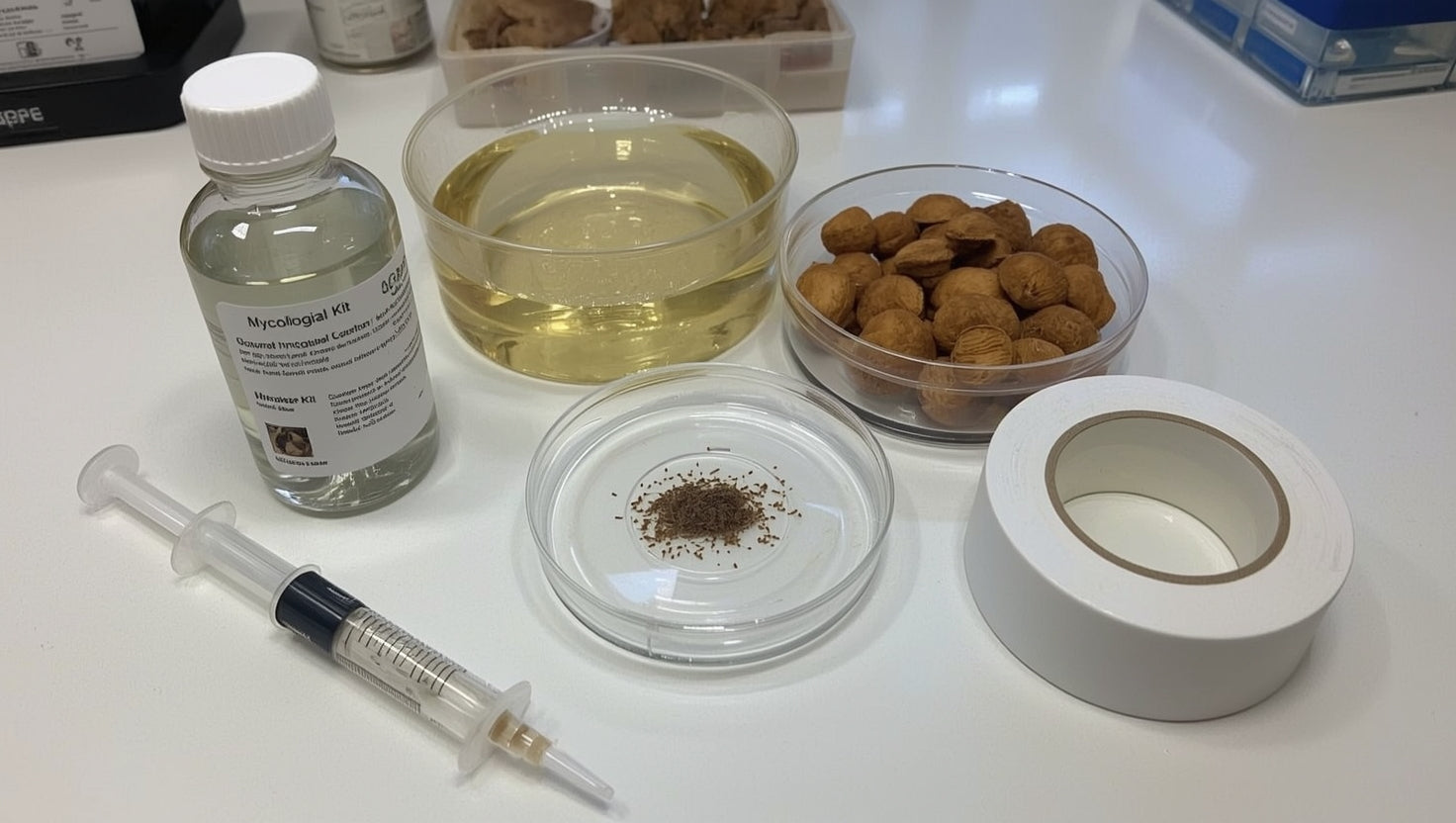
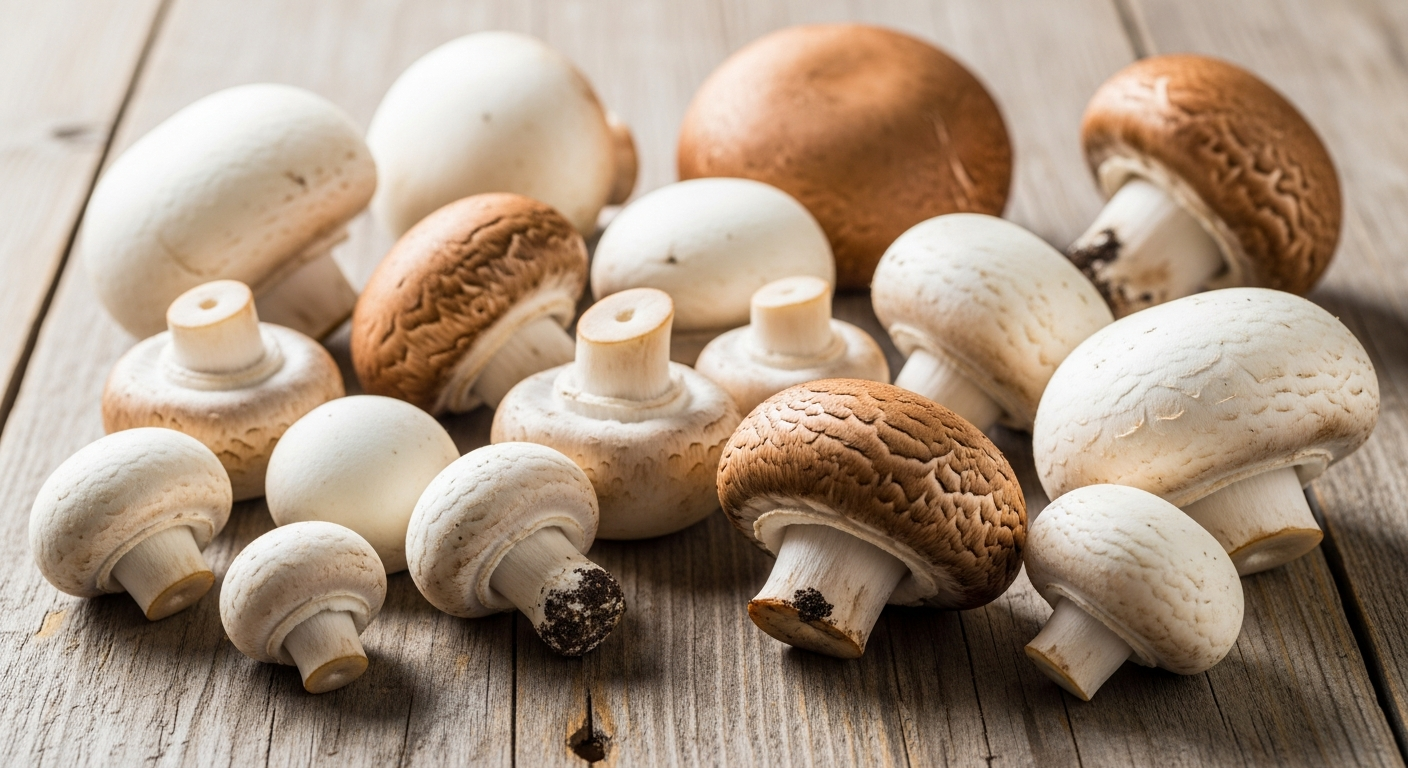
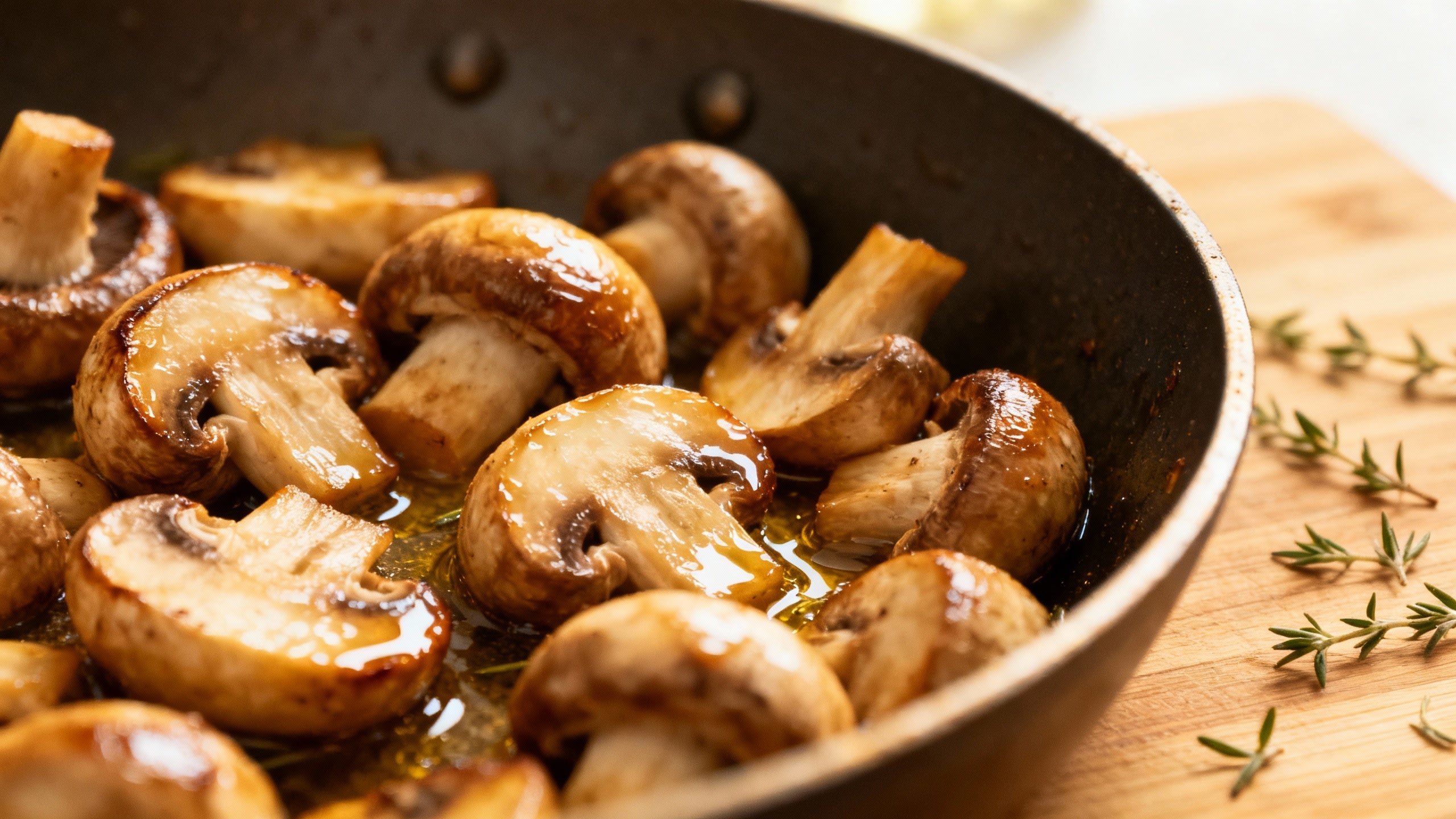
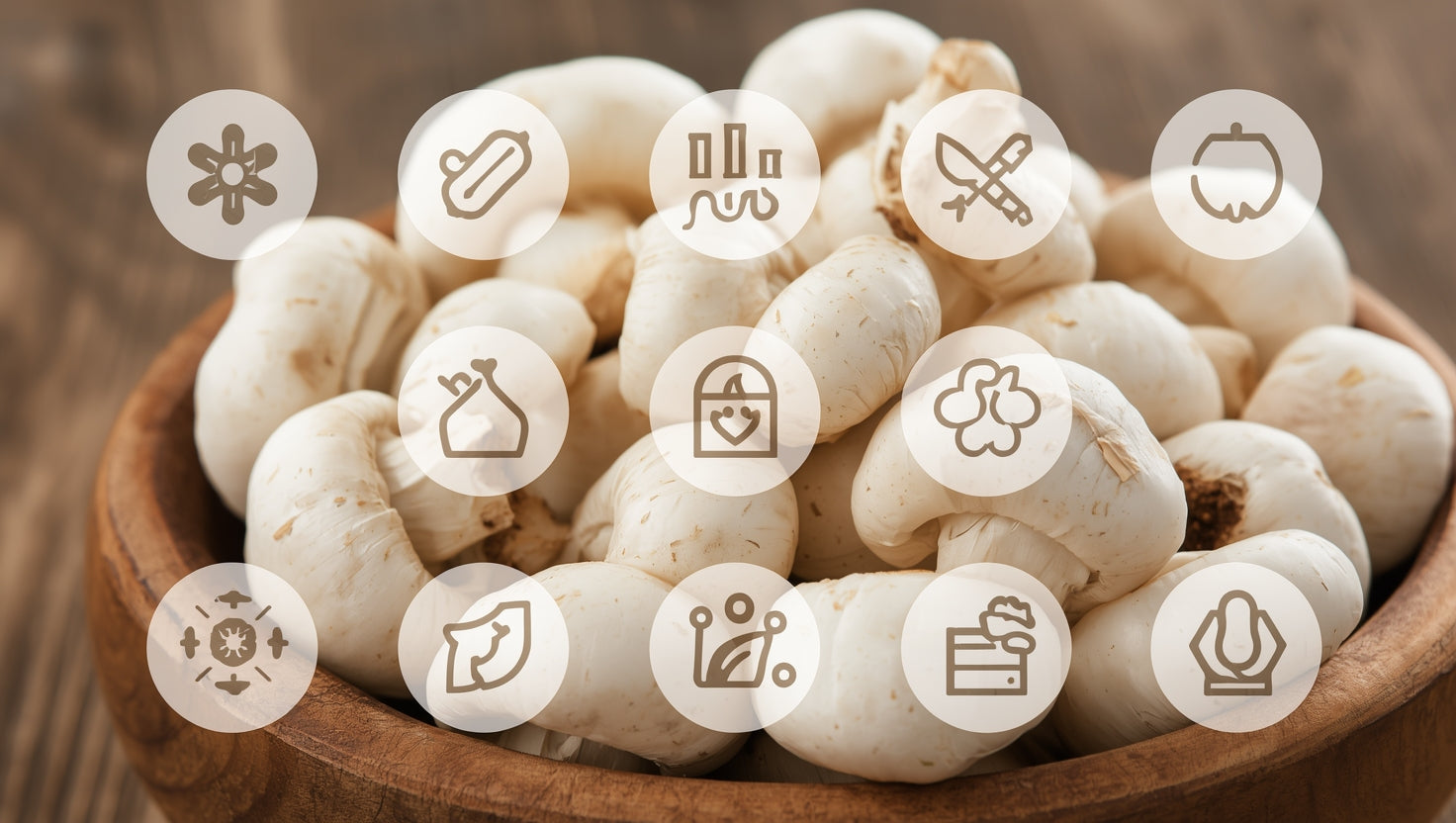
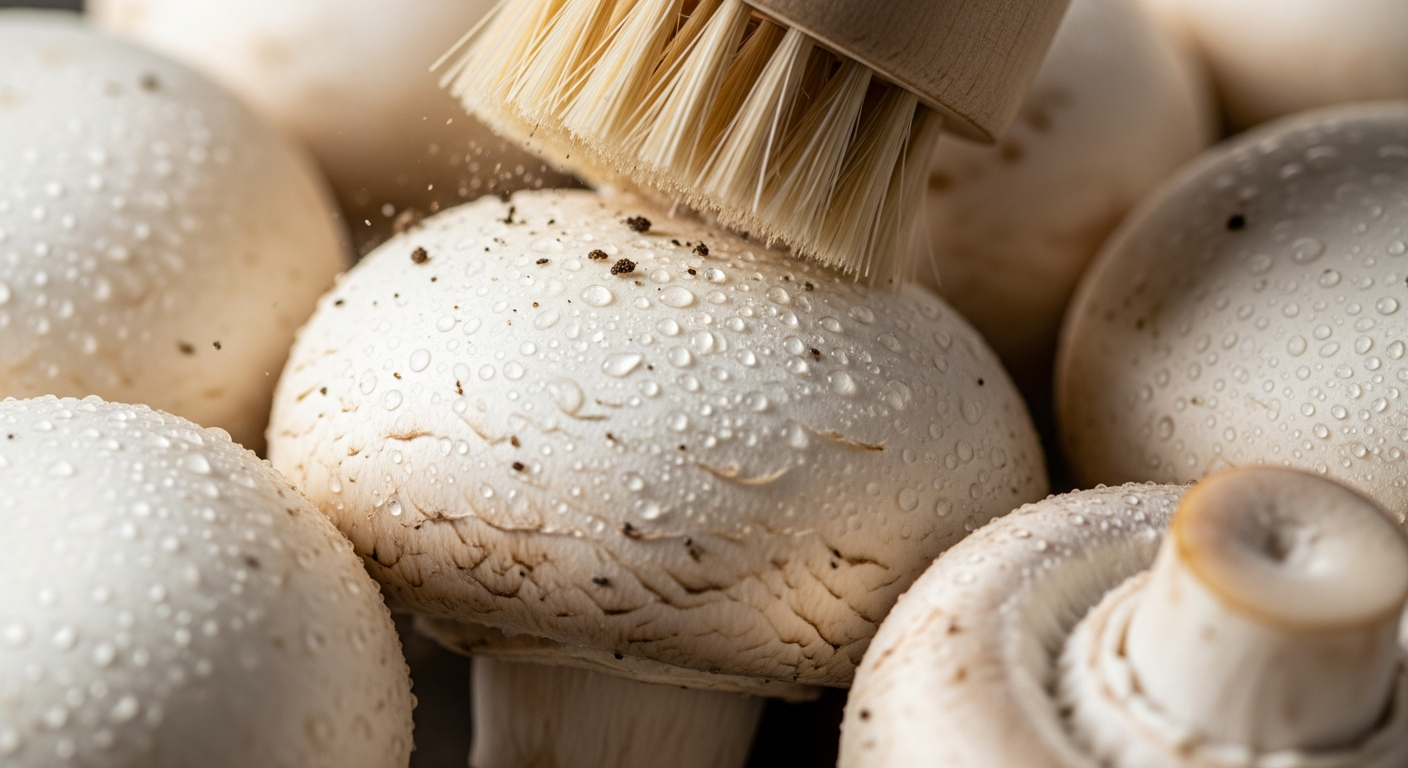
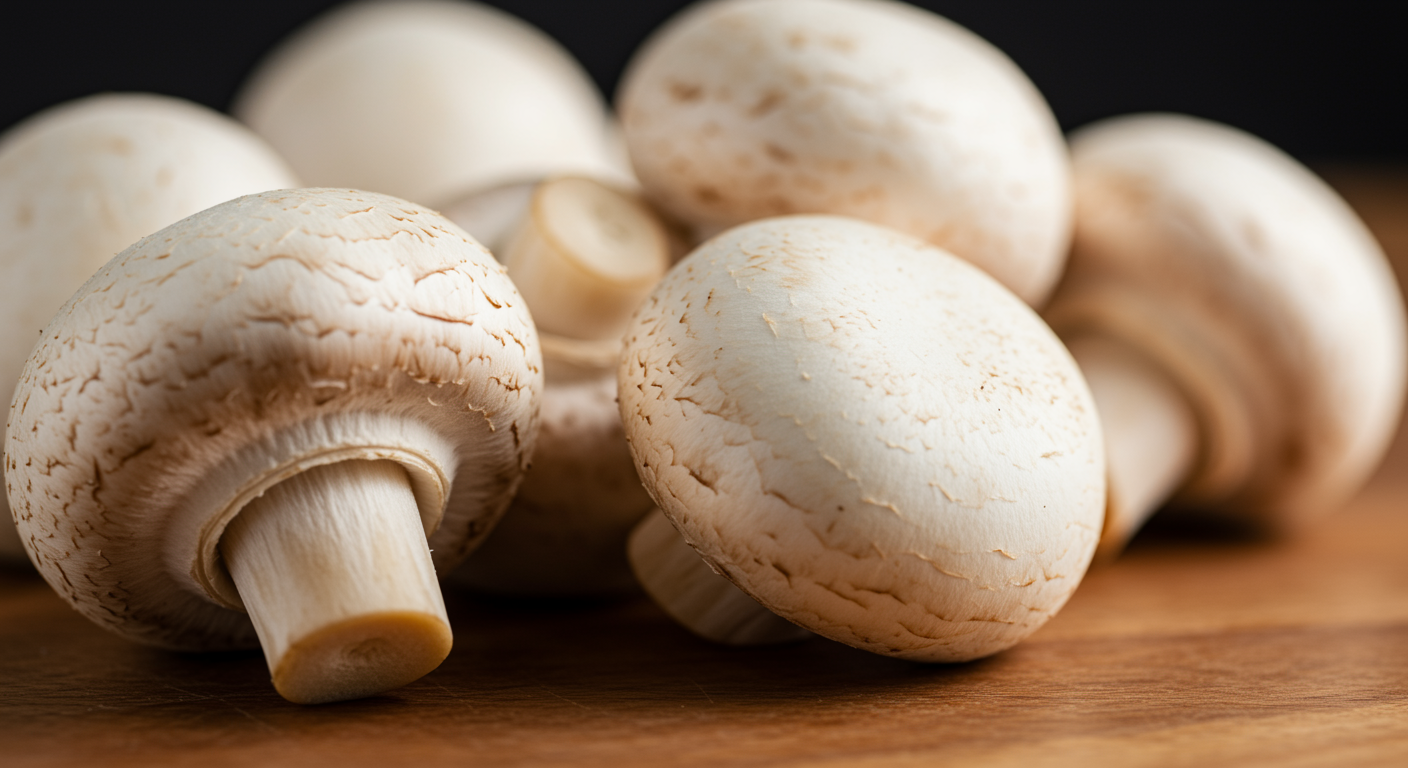
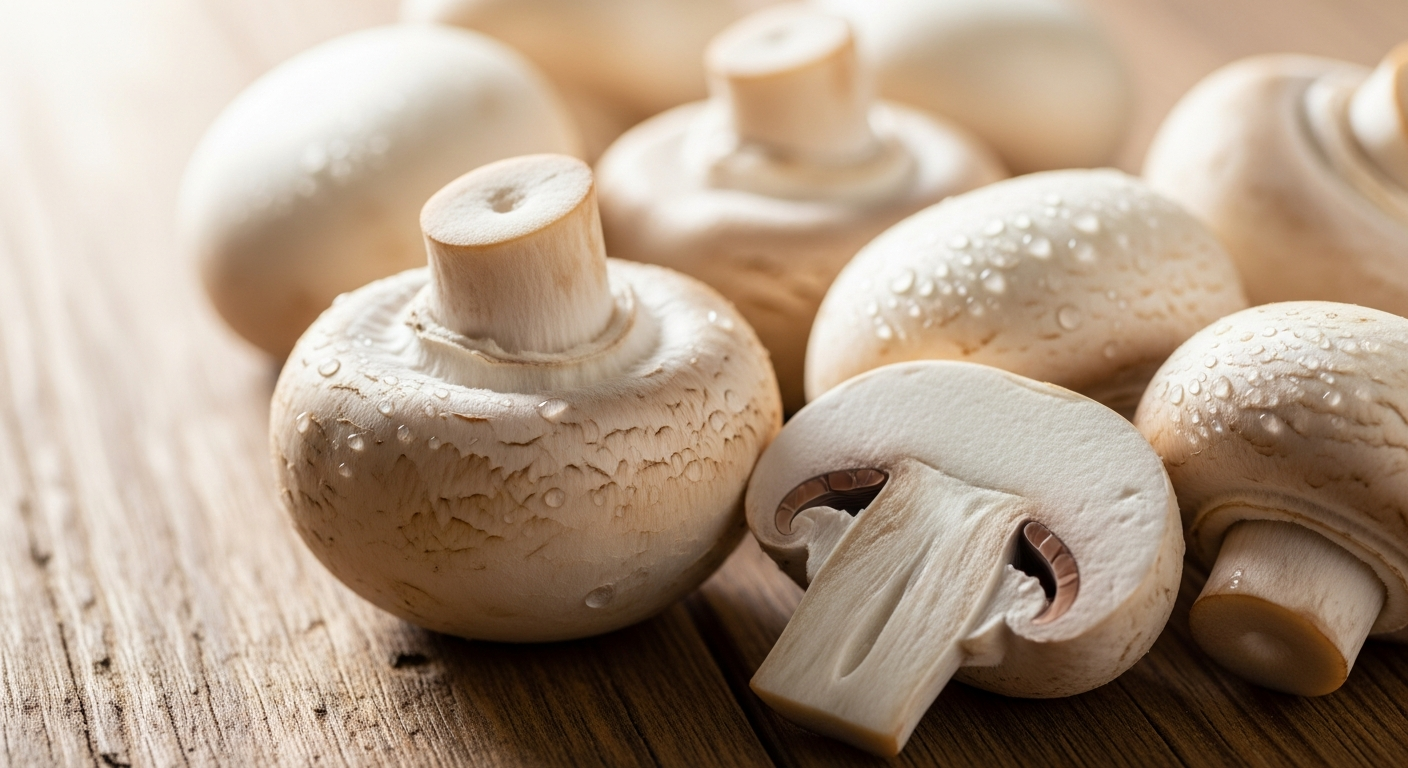
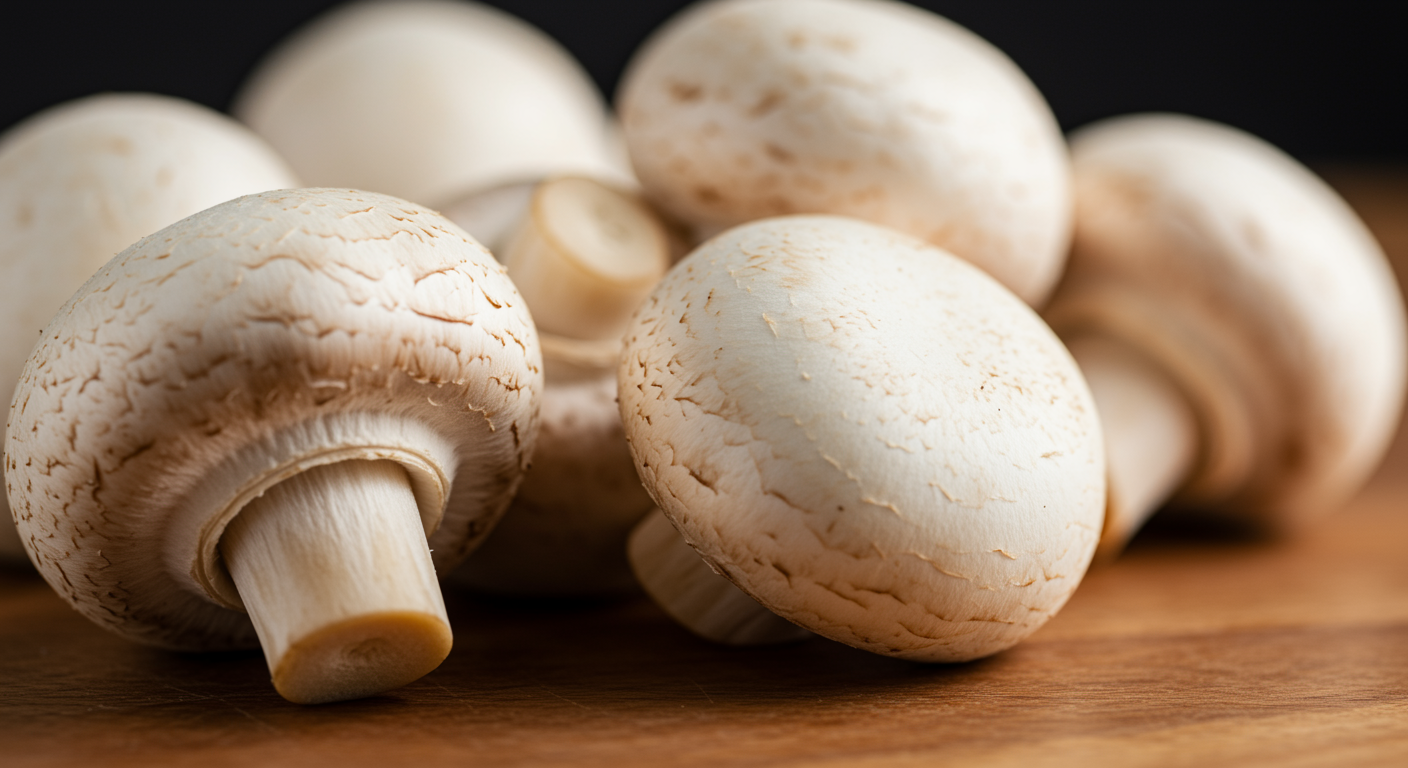
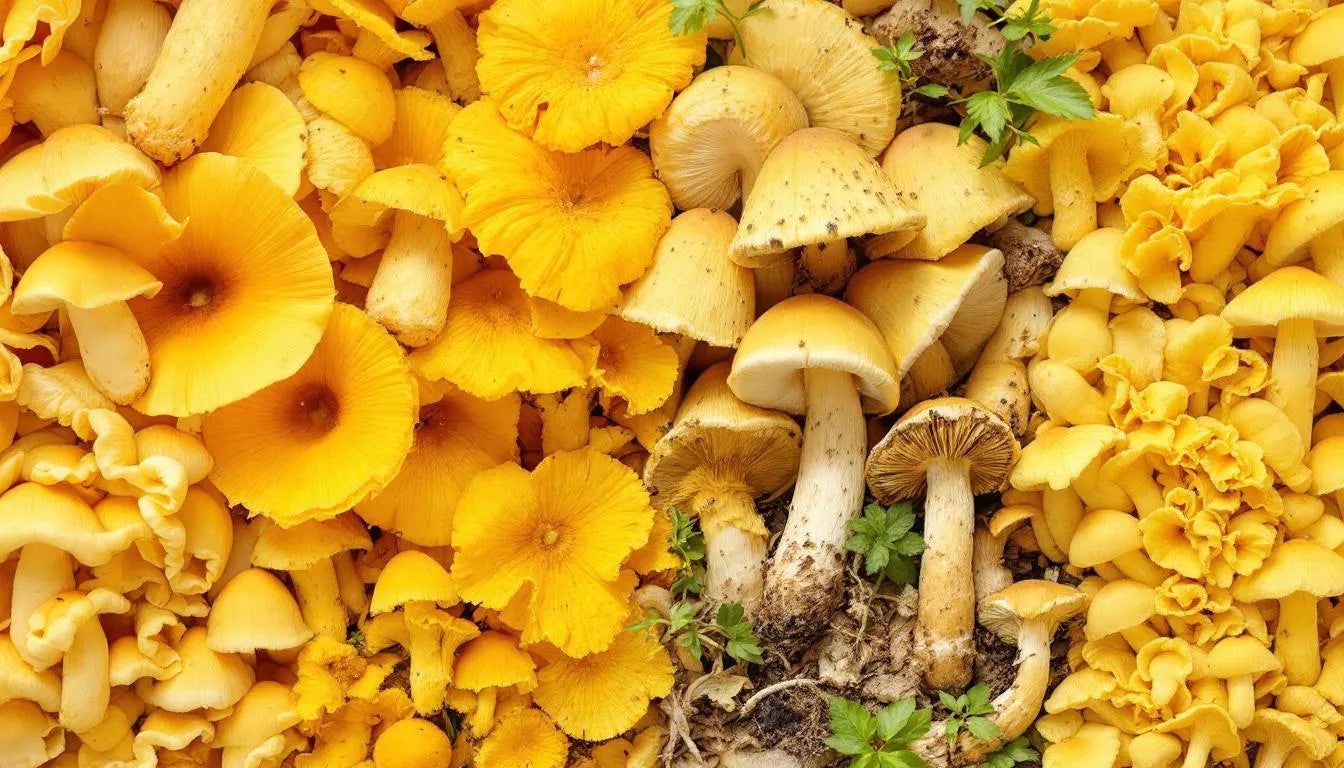
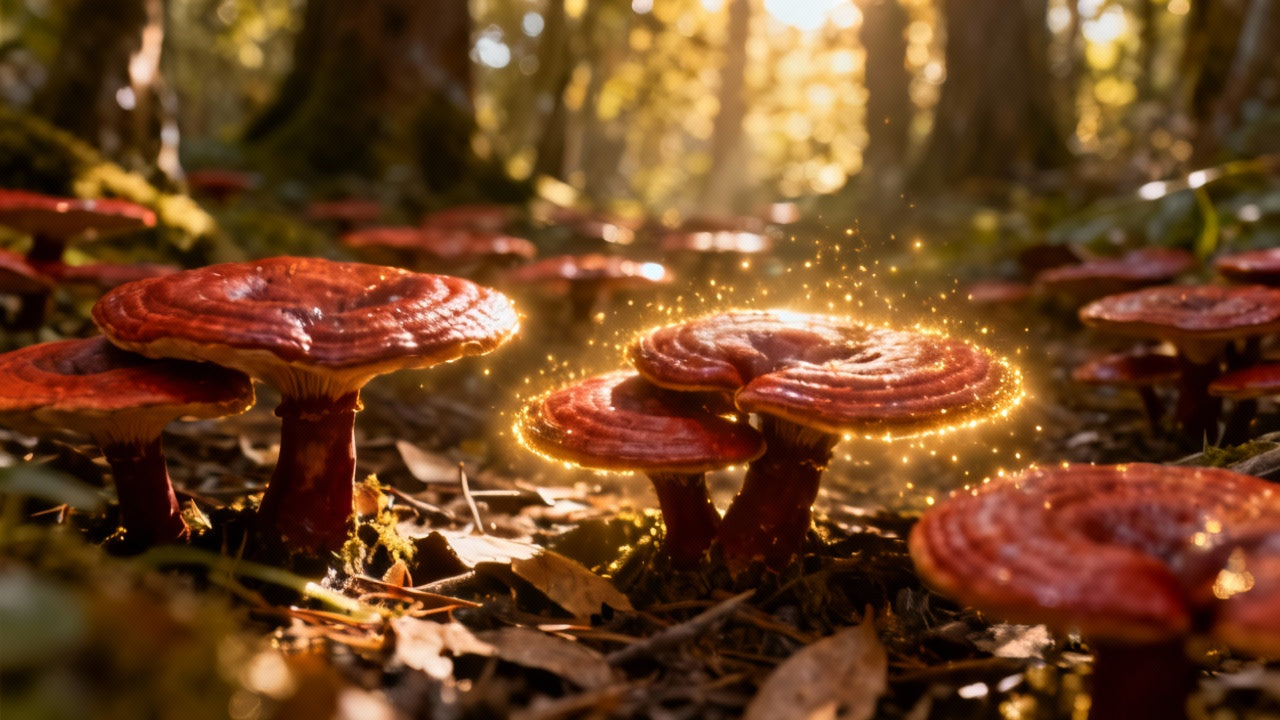
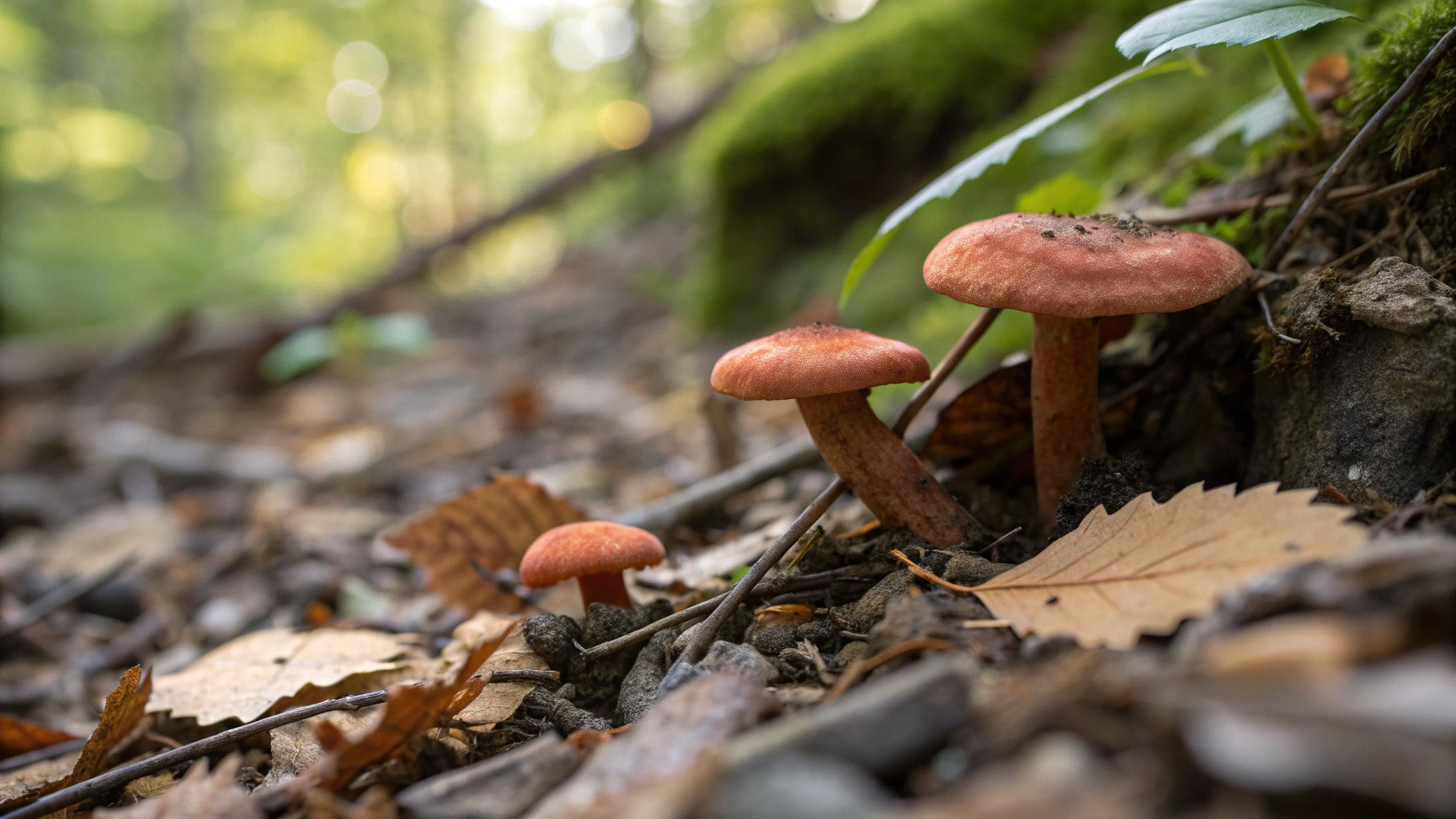
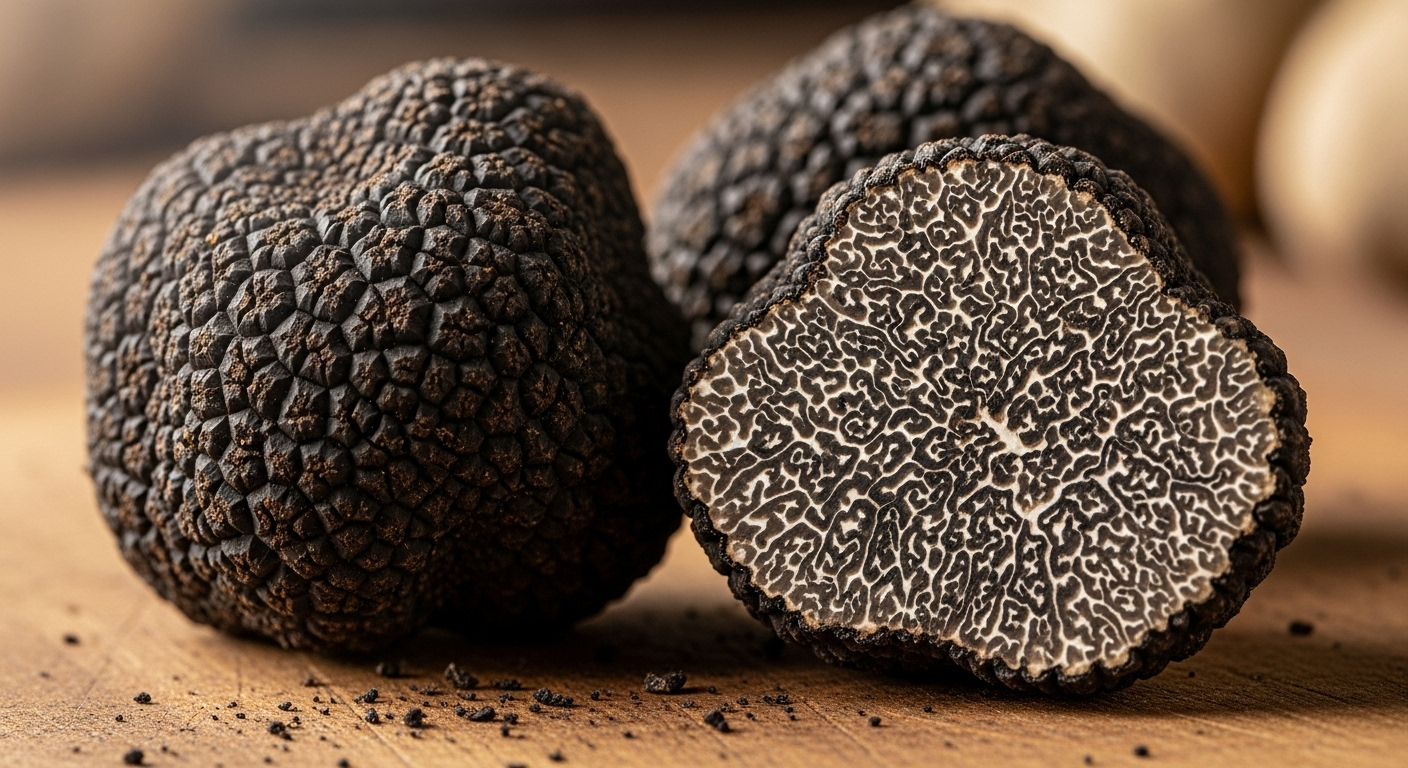
Share:
The Art of Sautéing Mushrooms: A Lykyn Guide
Honey Mushrooms: Edible Fungi with a Rich, Earthy Flavor